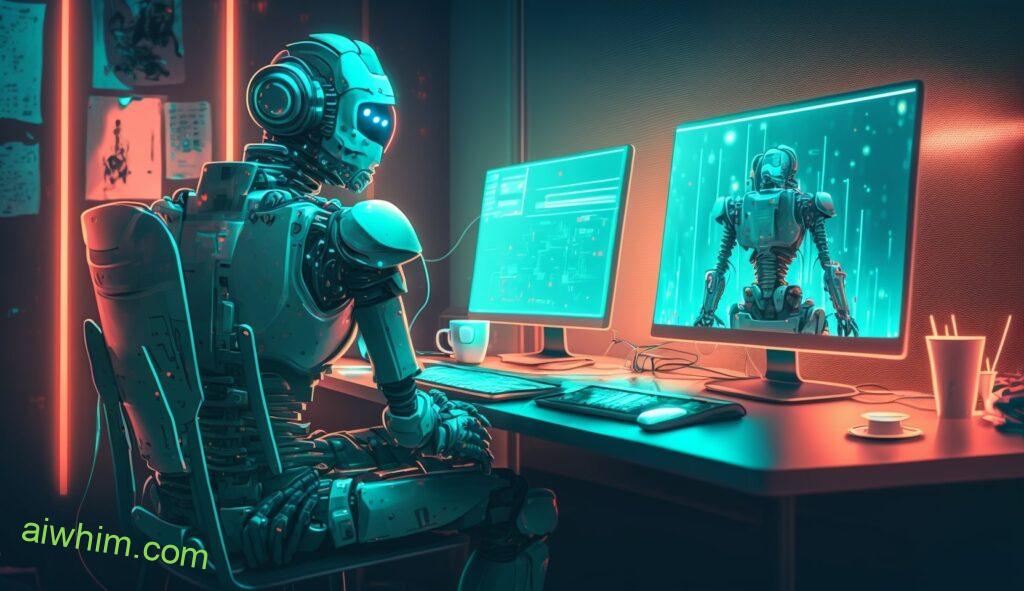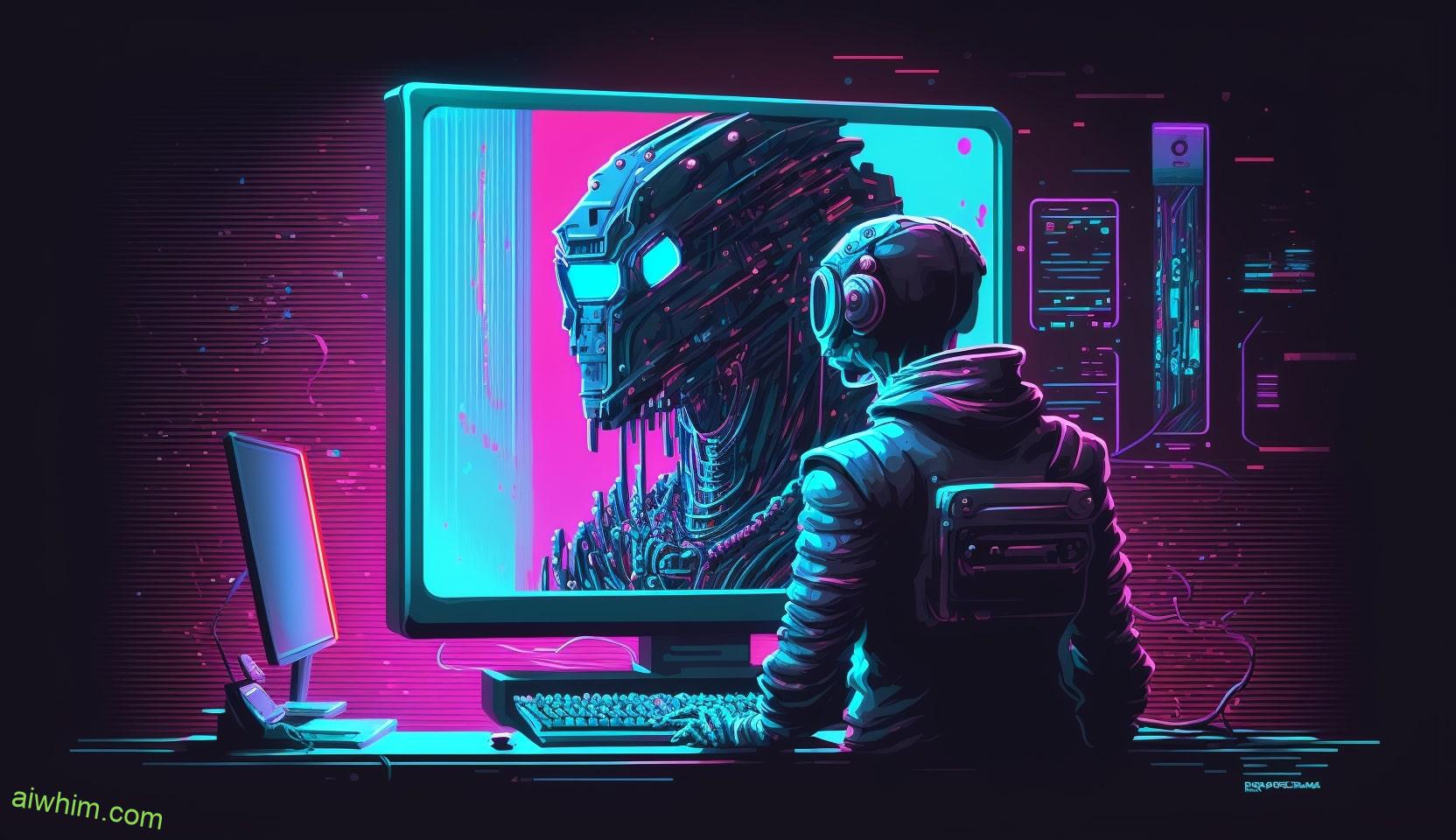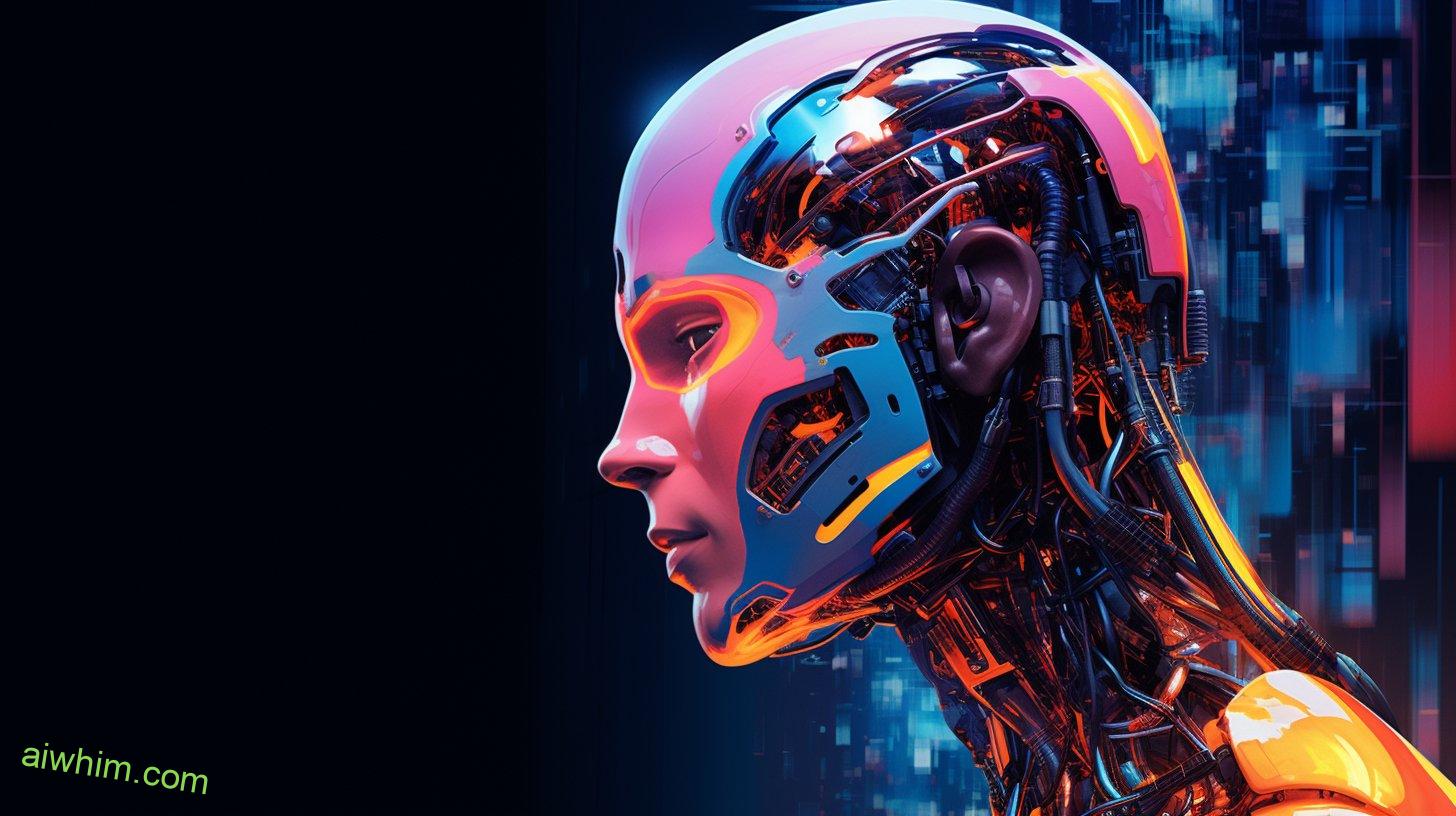Are you a graphic designer? Does the thought of artificial intelligence replacing your job and taking away your livelihood scare you? Well, it should. AI is rapidly changing the way we do business and jobs that were once considered safe are now facing the threat of automation. In this article, we will explore how AI might threaten your career as a graphic designer and what options you have to stay ahead of the curve.
In recent years, advances in technology have allowed for machines to take over many tasks that used to require human labor. This has been especially true in manufacturing and customer service roles but now AI is being applied to other industries including design. With machine learning algorithms quickly evolving, can traditional graphic designers compete with these artificially intelligent systems?
The truth is that no one knows exactly what impact AI will have on the field of graphic design or any other industry for that matter. But there’s no denying that our world is becoming increasingly automated and those who don’t keep up could find themselves out of a job sooner rather than later. Read on to learn more about how AI may affect your role as a graphic designer and what steps you need to take to protect yourself from potential displacement.

By the way, find out if graphic designers are part of the 100 most AI-endangered professions: read our study!
Definition Of Artificial Intelligence
Artificial Intelligence (AI) is an area of computer science that deals with creating machines that think and act like humans. AI systems are programmed to learn from data, recognize patterns, and make decisions with minimal human intervention. AI-based applications can be used in many areas such as healthcare, finance, transportation, or even graphic design.
AI has made huge strides over the past decade, thanks to advances in machine learning algorithms and computing power. However, there is still a long way to go before it can be considered truly intelligent. Despite this progress, many people worry about what will happen if AI technologies become too powerful—will they take away our jobs? This is a valid concern; however, it’s important to remember that AI isn’t here to replace us – it’s here to help us do better work faster and more efficiently.
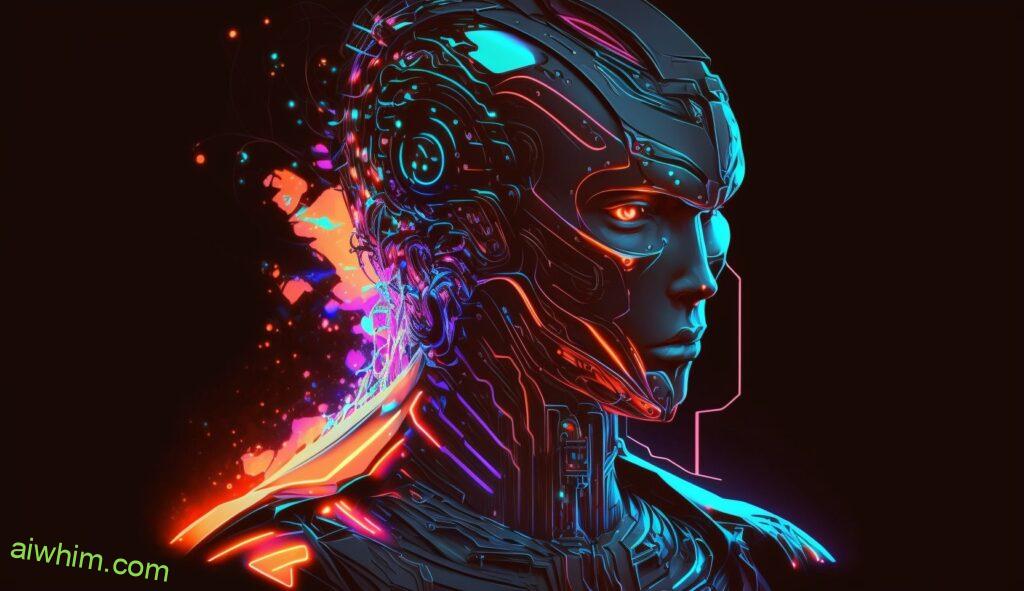
Moreover, this article provides valuable insights into how AI is influencing the future of web developer jobs. (Click to read.)
Potential For Automation In Graphic Design
The fear of automation taking our jobs is a real one, especially for graphic designers. AI-powered tools are becoming increasingly sophisticated, able to take on more complex tasks that used to require human involvement. While this technology can be extremely helpful in streamlining some processes, it’s important to understand the limits of its capabilities.
AI may be able to produce basic visuals quickly and efficiently without needing any creative input from humans. But at the same time, it lacks the nuanced sensibility needed when creating work with an emotional impact. It cannot yet emulate or replicate what makes great design truly special – creativity and intuition. Humans will always have a place in the design process; no matter how advanced technology becomes, there’s still no replacement for genuine inspiration and innovation. For now, however, machines provide a useful way to help speed up production times while allowing designers to focus on the aspects of their job that truly matter.

Furthermore, we recommend reading this article that delves into the ways AI is reshaping video game designer jobs. (Click to read.)
Historical Examples Of Job Replaced By AI
The rise of automation has been a consistent theme throughout history. From the weaving looms of 18th-century England to the assembly lines of 20th century America, machines have become ever more efficient in replacing human labor. Today, AI is becoming increasingly viable as an alternative to traditional employment in graphic design and other industries. It’s no surprise that many are asking if their job will soon be taken over by artificial intelligence.
To understand how far this process might go, we can look at some past examples where technology displaced workers. In the early 1900s, for example, many professions such as music composers and bookkeepers were replaced with automated solutions like player pianos or mechanical calculators. Similarly, robotic manufacturing processes began replacing factory employees during the industrial revolution — and continue to do so today.
These examples show us that technological progress often leads to significant changes in employment opportunities. As AI continues advancing and becomes better able to tackle complex tasks, it could eventually replace certain aspects of jobs traditionally done by designers — though exactly which ones remains uncertain. All signs point towards a future in which humans must adapt quickly to remain competitive against artificially intelligent counterparts – or risk being left behind entirely.
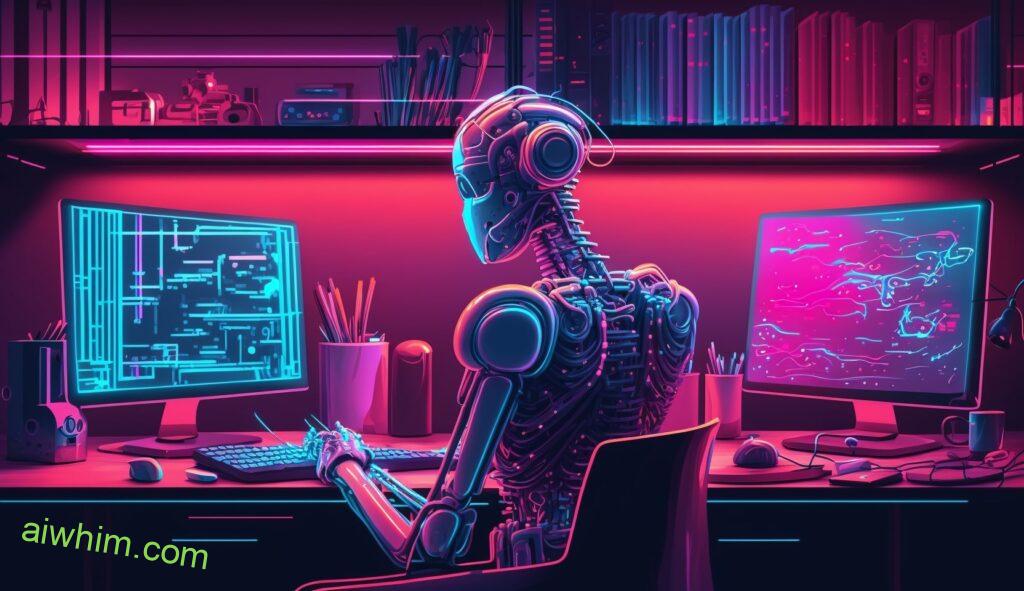
Additionally, this article offers an in-depth analysis of how AI is impacting animator and special-effects jobs. (Click to read.)
AI And Machine Learning Algorithms In Design
AI has created a buzz in the world of design, and understandably so. It’s already being used to automate tasks such as logo designs and photo retouching, but what about other areas of graphic design? Can AI replace human designers altogether?
The short answer is: not yet. While some aspects of design can be automated with machine learning algorithms, there are still many facets that require creativity – something machines simply cannot replicate. Here’s why:
- Machines lack an understanding of context; they don’t know how to interpret a client’s preferences or create the right type of message for their target audience
- They can’t think outside the box when it comes to problem solving; they rely solely on data inputted by humans
- Human intuition plays an important role in creative processes like brainstorming and ideation; this is impossible for AI to do without proper guidance from experienced professionals.
It’s clear then that while AI can certainly help streamline certain parts of design projects, it will never be able to completely eliminate the need for human involvement. Graphic designers should rest assured knowing that their skillset won’t become obsolete anytime soon – technology just isn’t advanced enough yet! So instead of worrying about losing your job due to automation, focus on honing your craft and making sure you stay ahead of the curve by continuously developing new skillsets.
Benefits Of AI To Graphic Designers
As AI and machine learning algorithms become increasingly sophisticated, the question of whether they will replace graphic designers is a valid one. However, many industry experts are confident that it’s more likely that AI-driven technologies will be complementary to design professionals rather than replacing them entirely. In fact, there may be several benefits for graphic designers who adopt these new technologies into their workflow.
AI can help streamline routine tasks such as resizing images or adding text layers. This not only saves time but also reduces the likelihood of human errors occurring during these processes. Furthermore, with its ability to recognize patterns faster and better than humans, AI can provide valuable insights in terms of looking at trends in user behaviour or preferences which might otherwise go unnoticed. Additionally, AI can assist creative professionals by providing personalized recommendations on colors and layout combinations tailored to individual projects or needs. Thus enabling designers to come up with unique concepts while still being able to meet tight deadlines.
Overall, AI has an important role to play in supporting human creativity and making it easier for graphic designers to carry out their work quickly and effectively without sacrificing quality or originality.
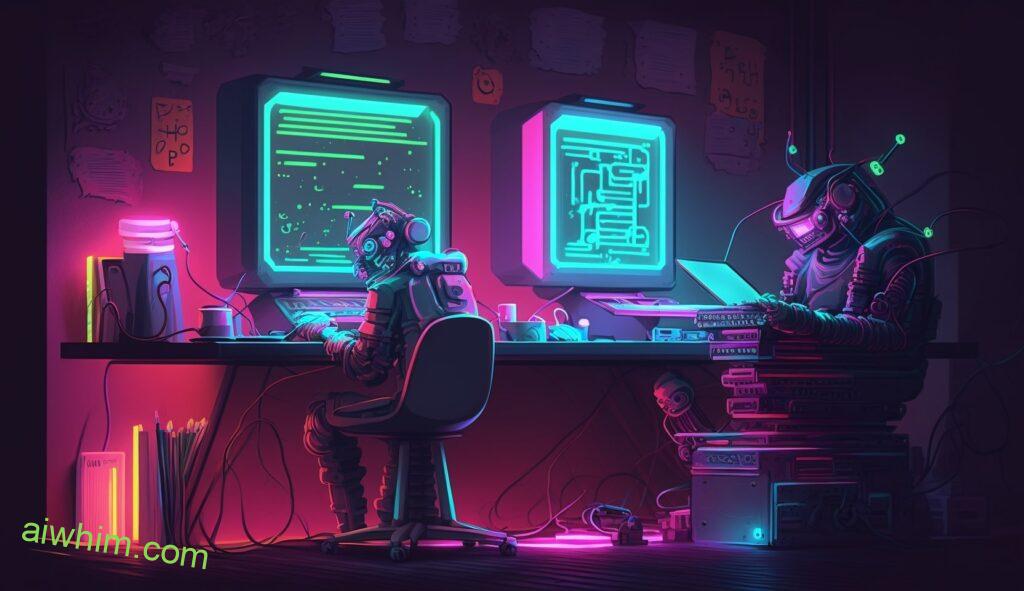
Challenges Of Automating Graphic Design Jobs
Automating graphic design jobs poses a unique challenge. Like a jigsaw puzzle, it requires the intricate fitting together of many pieces from different sources to create something new and beautiful. Automation, however, has difficulty replicating this process accurately and efficiently. It is not capable of understanding all the nuances that go into creating original works of art for print or digital media. Additionally, automation seeks out only what it is programmed to recognize – an algorithm can’t understand the creative vision that goes behind each piece as human designers do.
The most important factor in favor of human designers may be their freedom to explore and innovate beyond established norms or templates. A computer program cannot think outside the box like humans can; they are confined by the boundaries set by their coding parameters. Human designers have no such limitations, giving them greater flexibility when crafting solutions for clients with varied demands. They also possess a deep understanding of how colors, shapes, and typography come together to create stunning visual effects which machines are still far away from achieving.
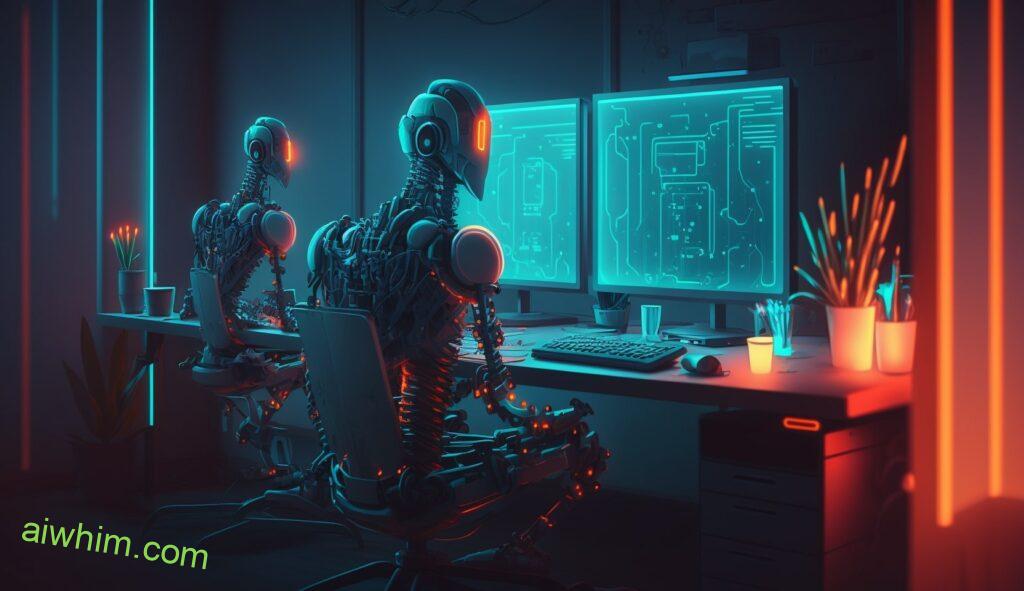
Adoption Of AI-Driven Technologies By Companies
Companies today have been increasingly adopting AI-driven technologies to help them in everyday operations. This is because AI can process data faster than humans and reduce the need for manual labor, allowing companies to streamline their workflow. In addition, AI algorithms are more accurate due to its ability to analyze large sets of data quickly and efficiently.
However, with this growing adoption of AI comes a potential risk that it could eventually replace certain jobs typically done by humans. For example, graphic designers may be at risk of being replaced by AI technology as they use visuals and content to communicate messages effectively through branding or advertising campaigns. As businesses continue to adopt automated solutions powered by artificial intelligence, it’s important for workers in these fields to adapt and stay up-to-date on changes within their industry if they want job security in the future.

Impact On The Freelance Market
The impact of AI-driven technologies on the freelance market is undeniable. As companies continue to adopt these automated systems, they are likely to reduce their reliance on human labor in favor of machines that can often do the same work faster and more accurately. This could mean fewer opportunities for graphic designers who rely on freelancing as a source of income.
However, it’s important to note that many experts believe this shift will create new jobs within the field of AI research and development. Additionally, some argue that AI technology has the potential to eliminate mundane tasks from graphic design projects, giving professionals more time to focus on creative aspects such as concept generation and collaboration with clients. Ultimately, there may be no one-size-fits-all answer when it comes to how AI will shape the future of freelance work in graphic design; only time will tell what impact it will have.

Training Opportunities With New Technologies
It’s a brave new world out there, and with the rise of Artificial Intelligence (AI) and other sophisticated technologies, many professionals are feeling left behind. As a graphic designer, you may worry that AI will soon steal your job. But fear not; this is actually an opportunity to learn new skills and stay ahead of the competition.
There are plenty of training opportunities available for those who want to become proficient in modern technology. Here’s a list of five ways to get started:
- Take online courses on machine learning or computer programming languages such as Python and JavaScript
- Network with tech-savvy people within your field to gain insight into current trends
- Attend workshops and seminars that focus on incorporating new technologies into design projects
- Look into internships at companies specializing in digital media or software development
- Join professional organizations dedicated to exploring how AI can be used creatively
By taking advantage of these educational resources, you’ll be able to develop the technical knowledge needed to keep up with the times. This way you can ensure that your career stays relevant while also having some fun along the way. So don’t let uncertainty hold you back—embrace change and open yourself up to exciting possibilities!

Ethical Considerations For Employers And Employees
The issue of AI and job security is one that has been debated for some time, but it’s increasingly relevant as the technology advances. Employers must consider the ethical implications of introducing AI into their workforce and employees should be aware of potential risks to their livelihoods if they are replaced with an automated solution.
From a corporate perspective, employers have a responsibility to ensure that any new technologies they introduce do not lead to unfair labor practices or diminish employee rights. This includes providing adequate training opportunities for those affected by automation, allowing workers access to updated skillsets so they can stay competitive in the changing landscape. Companies should also strive to create a diverse work environment where everyone’s strengths are valued and recognized regardless of how much AI is incorporated into tasks.
Employees too should take precautionary steps when faced with the prospect of being replaced by artificial intelligence. They should investigate available legal options such as filing a claim for unfair dismissal or seeking assistance from employment lawyers if necessary. Workers need to understand what rights they may have in order to protect themselves from exploitation or discrimination due to advancements in technology. It’s important that both sides remain cognizant of these considerations before proceeding down this path so that everyone involved understands the consequences – positive and negative – associated with incorporating AI into workplace operations.

Predictions For Future Job Markets Of Graphic Designers
The advancement of artificial intelligence (AI) has been a topic of intense debate, especially when it comes to the future of work. AI is being used increasingly in many sectors, and its impact on graphic design jobs is undeniable. So will AI eventually replace human designers? It’s hard to say for sure, but experts believe that no matter what happens, there will be some kind of balance between humans and machines in the workplace.
On one hand, AI technology can automate certain aspects of graphic design that are routine or repetitive tasks. This could lead to more efficient production processes and cost savings over time. On the other hand, while AI may be able to perform certain functions better than humans, there are still some things that only people can do—such as creative problem-solving or producing unique designs tailored to individual customers’ needs. As such, there are likely going to be new opportunities arising from this dynamic job market which requires both technical proficiency and artistic skill sets.
We must remember that technology should not completely replace human workers; rather it should help us become more productive and innovative so we can focus on higher value activities like creating original works of art and providing personalized customer service experiences. Ultimately, our goal should be to use AI responsibly so that everyone benefits—including those who need meaningful employment opportunities now more than ever before.
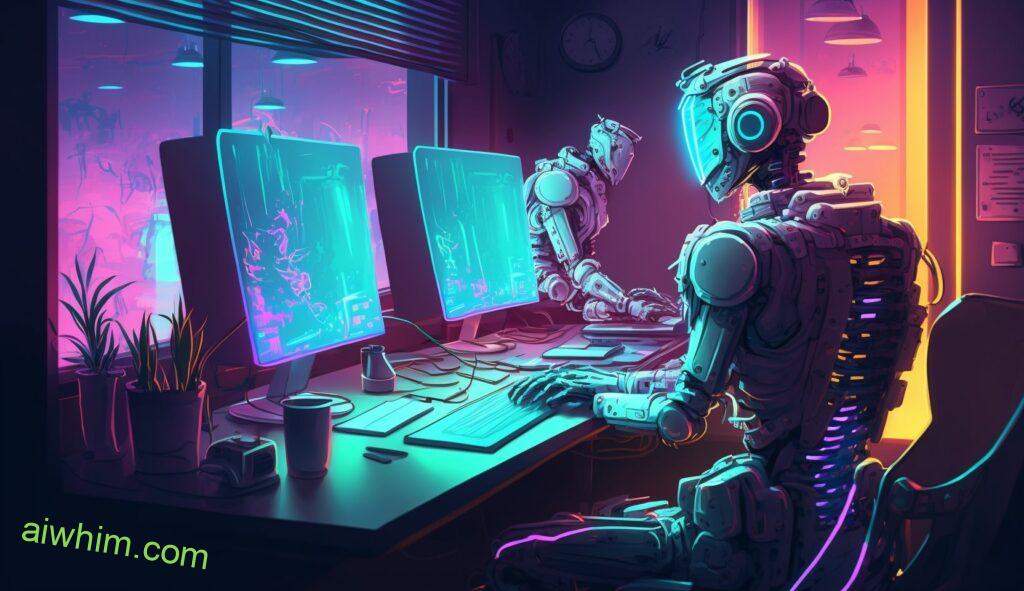
Steps To Prepare For An Automated Workforce
As the future of job markets looms closer, it’s clear that Artificial Intelligence (AI) will be a major disruptor. But how can graphic designers prepare for this automated workforce? Well, firstly it’s important to understand the potential impact AI could have on your profession. After all, if you don’t take proactive steps now, could you soon find yourself unemployed and replaced by an AI-powered machine?
Fear not! There are several actions you can take today to ensure your career remains secure in the face of automation. Firstly, invest time into keeping up with the latest trends in technology and design. This will help ensure any advancements made in AI won’t leave you behind – in fact it may even give you an edge over competitors who aren’t as plugged into industry developments. Secondly, focus on developing skills outside of just technical design capabilities – such as communication or project management. These additional soft skills may come in handy when attempting to collaborate with and manage AI programs. Finally, consider taking online courses or attending seminars related to AI so that you’re well equipped with knowledge about this new area. Making sure your resume stands out from other professionals is also paramount – highlight any relevant experience or qualifications which would make employers think twice before considering automated alternatives instead of hiring human staff like yourself.
By following these tips, graphic designers should feel confident they can remain competitive and successful despite changes occurring within their industry due to automation advances. With dedication and careful planning there’s no reason why anyone shouldn’t continue pursuing their passion without worrying overly much about robots stealing their jobs!

Reimagining The Role Of Graphic Designer With AI
The emergence of artificial intelligence (AI) has given rise to a lot of speculation about its potential impact on the job market, especially within creative fields such as graphic design. It’s true that AI can produce certain visuals more quickly and accurately than human designers; however, it doesn’t necessarily mean that AI is going to replace humans altogether.
Rather than viewing AI as a threat, we should see it as an opportunity for re-imagining what the role of a graphic designer looks like in our digitally driven world:
- Collaborating with AI tools to explore new possibilities in visual communication
- Experimenting with augmented reality and virtual reality experiences for clients
- Developing workflows and processes to maximize efficiency without sacrificing creativity
- Leveraging data analytics to inform decisions around content creation
Ultimately, when used strategically, AI can be a powerful tool for elevating our craft instead of taking away from it. Designers who are able to pivot their skillsets accordingly will find themselves well-positioned for success in this ever-changing industry. By embracing these advances and utilizing them creatively, graphic designers have the ability to remain relevant while continuing to create innovative solutions that make meaningful impacts.

Conclusion
As AI continues to advance, the role of graphic designers will inevitably change. It is important for those in this career field to be aware of how their job could potentially shift with advances in automation and machine learning algorithms. While it’s true that some tasks may become automated, there are also tremendous opportunities available to those who embrace what AI has to offer. By understanding the potential applications and staying up-to-date on developments within the industry, graphic designers can take advantage of new technologies and create innovative solutions that would not otherwise be possible. With a combination of imagination, creativity, and technical know-how, we can ensure our jobs remain secure despite any advancements made by artificial intelligence.
Author: Ole Paulson
Author Bio: I’m Ole and on this website, I share everything there is to know about Artificial Intelligence, and useful tips for using AI to our advantage. I have a background in data science and research and have been following the AI-space for years. You can read more about me in the “About” page.

